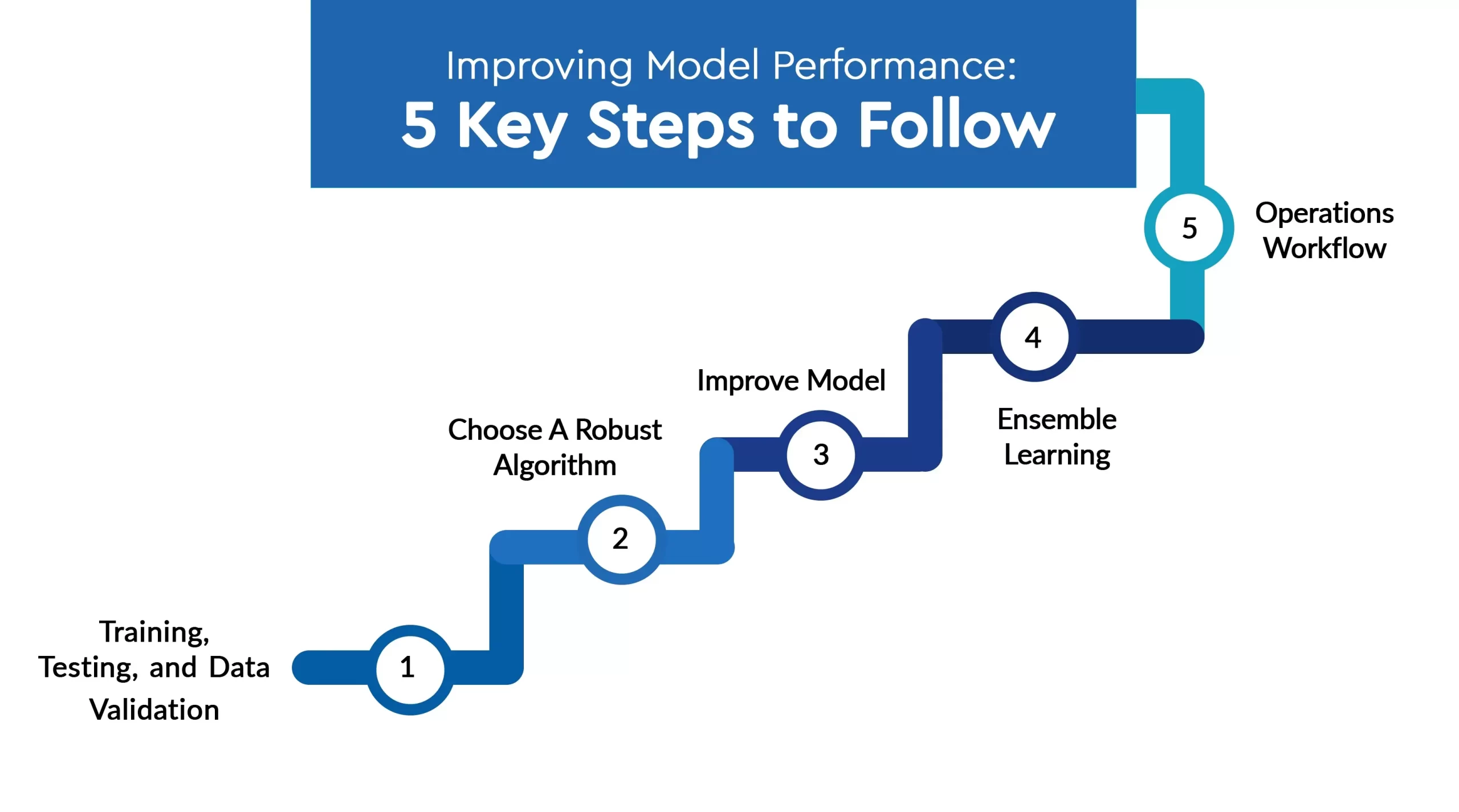Machine learning models are only as good as their performance metrics. Achieving high accuracy, precision, and recall requires more than just selecting the right algorithm—it demands continuous optimization. Data scientists often struggle with issues such as overfitting, data quality limitations, and inefficient hyperparameter tuning. In this guide, we will explore actionable strategies to enhance model performance and introduce tools that can streamline the process.
Common Challenges in Model Performance
- Overfitting and Underfitting – When a model learns patterns too well from training data but fails to generalize to new data, it overfits. Conversely, underfitting occurs when the model is too simple to capture meaningful patterns.
- Data Quality Issues – Poor data quality, missing values, and imbalanced datasets often lead to suboptimal model performance.
- Feature Engineering Limitations – Selecting the right features is crucial. Irrelevant or redundant features can negatively impact model accuracy and efficiency.
Effective Strategies to Enhance Model Performance
1. Hyperparameter Tuning
Fine-tuning hyperparameters is essential for optimizing model performance. Some widely used methods include:
- Grid Search – Systematically testing combinations of hyperparameters.
- Random Search – Randomly selecting hyperparameters to find an optimal set.
- Bayesian Optimization – Using probabilistic models to identify better hyperparameter values.
2. Feature Selection Techniques
Improving feature selection can significantly enhance model accuracy. Common methods include:
- Principal Component Analysis (PCA) – Reducing dimensionality while preserving variance.
- Recursive Feature Elimination (RFE) – Iteratively removing least important features.
- SHAP and LIME – Model-agnostic approaches for feature importance evaluation.
3. Advanced Regularization Methods
- L1 Regularization (Lasso Regression) – Helps in feature selection by assigning zero weights to less important features.
- L2 Regularization (Ridge Regression) – Penalizes large coefficients to prevent overfitting.
- Elastic Net – Combines both L1 and L2 regularization for better generalization.
Leveraging AutoML for Optimization
Automated Machine Learning (AutoML) tools help in automating the model selection, hyperparameter tuning, and feature engineering process. Popular AutoML tools include:
- Google AutoML – Cloud-based machine learning automation.
- H2O.ai – Open-source AutoML tool for rapid experimentation.
- Auto-sklearn – Extends scikit-learn for automatic model selection.
While AutoML speeds up development, it is not a replacement for deep domain expertise. Understanding the underlying model behavior remains crucial.
Marradata’s Approach to Improving Model Performance
At Marradata, we specialize in optimizing machine learning models through:
- Custom Data Pipeline Optimization – Ensuring high-quality input data for better predictions.
- Advanced Performance Monitoring – Real-time tracking of model drift and retraining mechanisms.
- A/B Testing for Model Selection – Systematic evaluation of multiple models before deployment.
By leveraging our expertise, businesses can enhance their predictive analytics capabilities without the hassle of manual fine-tuning.
Improving model performance is an ongoing process that requires careful consideration of hyperparameter tuning, feature selection, and data quality. Tools like AutoML can assist, but human expertise is irreplaceable. If you’re looking to optimize your machine learning models efficiently, explore Marradata’s data science solutions today.

